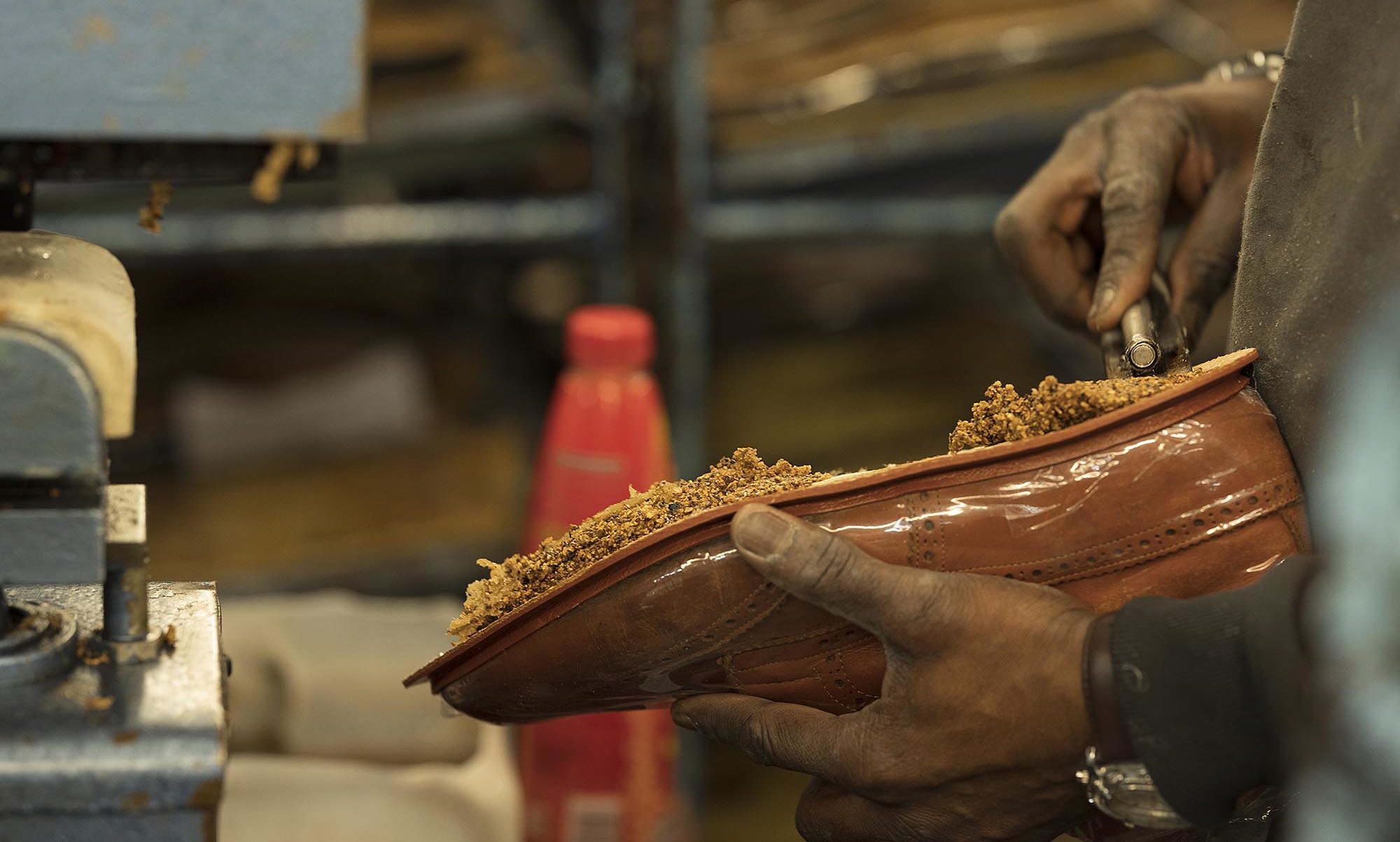
Best Foot Forward
Northampton shoemakers
Buy less. Buy better. Buy local. Buy British. The now-familiar slogans of the advocates of sustainability in fashion are old news in Northamptonshire. In the home of classic English shoemakers family-owned firms that do things in the old-fashioned way enjoy a worldwide reputation, as Eric Musgrave reports. Attracting new talent, however, remains a challenge for this thriving craft-based industry.
Words by Eric Musgrave
Photography © Eric Musgrave, Trickers, Cheaney, Sanders
As early as 1200 a street of cordwainers – the ancient term for shoemakers – was recorded in Northampton. By 1452 the local court was regulating prices and quality standards of the footwear industry. In the census of 1841 some 1,821 shoemakers, working mainly from home in those pre-factory days, were recorded in the town – a figure that equates to around a third of the male population aged 20 and older at the time.
As well as Northampton nearby settlements like Rushden, Desborough, Earls Barton and Kettering were also renowned centres for boot and shoe making before the rush to low-cost overseas production from the 1970s onwards decimated the sector.
Keeping the Northants traditions alive today in some way are perhaps a dozen or so firms. Some make part or most of their production overseas, in low-cost countries like India, but a few proudly still make everything in local factories, using lots of craft and handwork, specialising in the Goodyear welt footwear construction that has not changed in more than 150 years.
The oldest survivor of the purists is R E Tricker, which occupies an imposing Victorian-era factory in central Northampton. The company was founded in 1829 and claims to be the oldest shoemaker in the world. It is still privately owned by family members. Martin Mason, who has been managing director for eight years, is only the sixth boss of Tricker’s in its almost 200-year history and the first from outside the family. The firm employs just under 100 people.
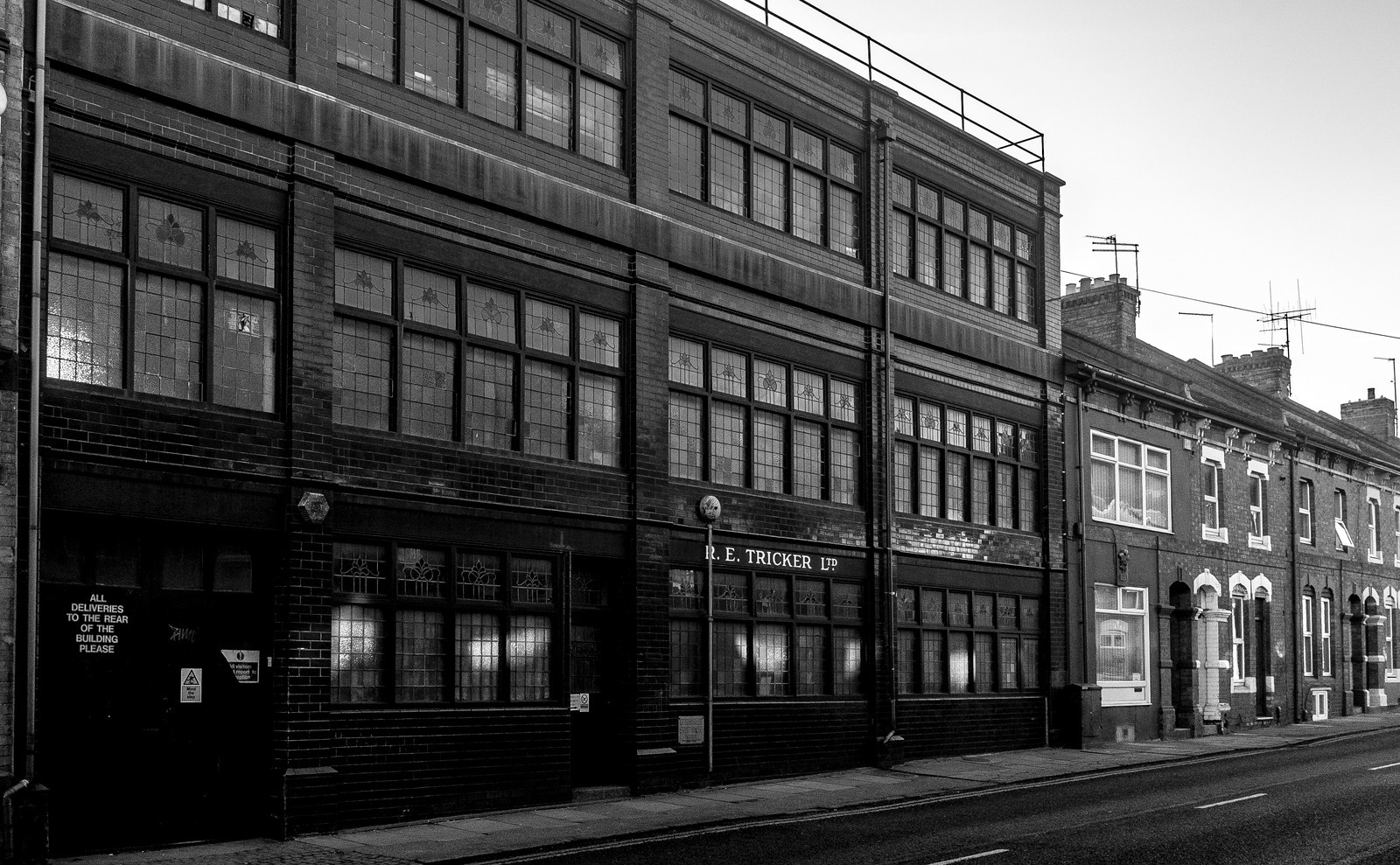
Joseph Cheaney, which also has a workforce of about 100, is based in a factory on a residential street in Desborough, 16 miles north of Northampton. The firm was established in 1886 and moved to its present site in 1896. In 1964 the business was acquired by a larger local competitor, Church & Co. Church’s in turn was bought by Prada in 1999.
When the Italian fashion house began divesting itself of Church Group subsidiaries Cheaney was bought in 2009 by William and Jonathan Church, who had been directors at the parent company. The pair (pictured below) are third cousins, descended from two of the three brothers who set up Church & Co in 1873.
“We are fifth or sixth generation, depending on if you count the original Church brothers’ father, who was also a shoemaker,” William explains with a smile. “Every factory round here is filled with relatives from families who have worked in the industry for generations.”
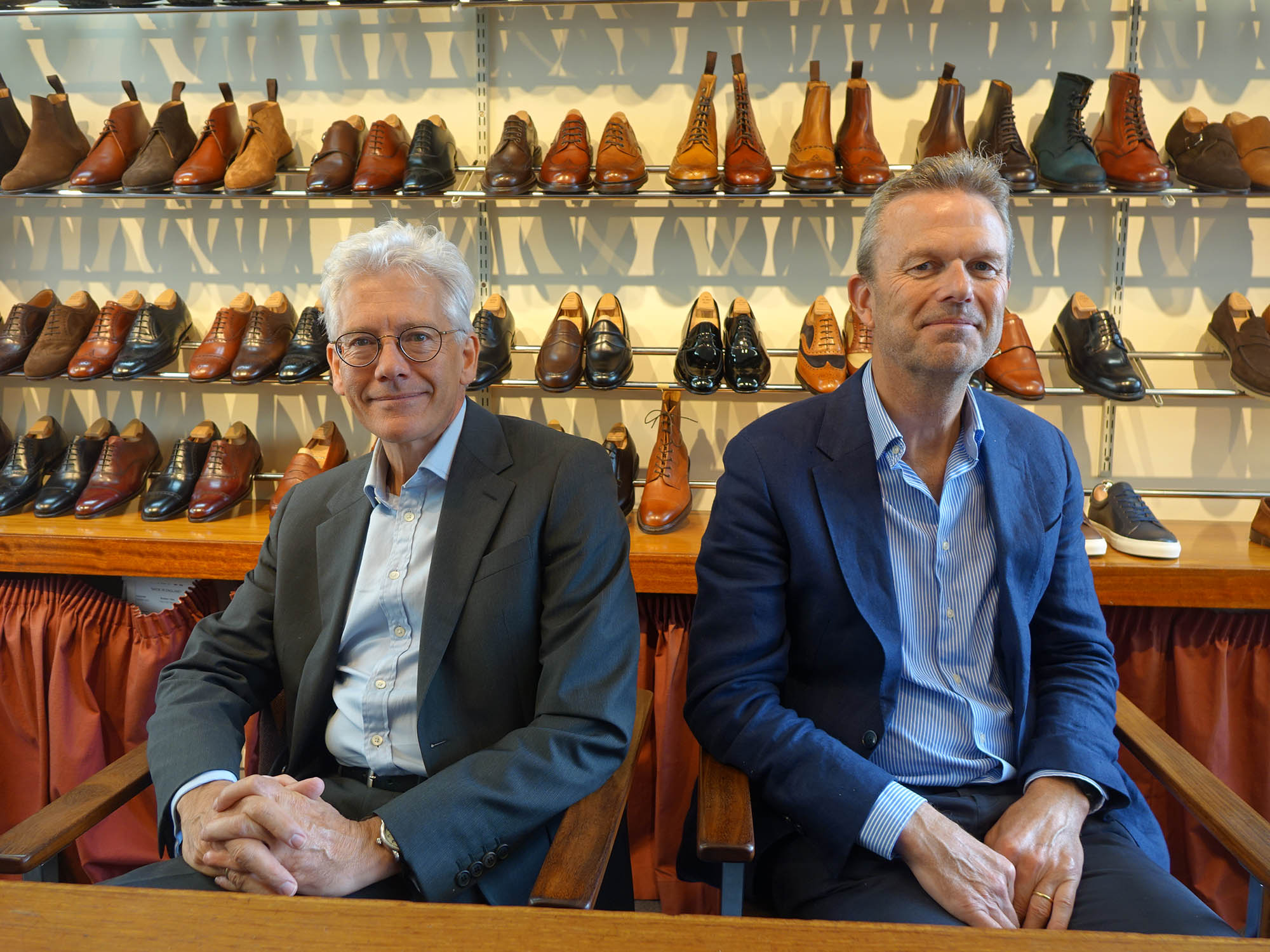
At Sanders & Sanders, founded in 1873 in Rushden, 15 miles east of Northampton, the fifth generation has brought a fresh dimension to the board room. Megan Sanders (pictured below) is the first female member of the family to join the firm, which she admits was something she had not planned.
“After I did my degree in psychology I needed urgently to earn some money and my father Henry said I could come and help out with some admin support,” she recalls. “I had never really taken much notice of the business and to be honest I didn’t know what running a factory involved. Once I got here I found it absolutely fascinating. Five years on, I love working here.”
Prompted by her father to mention her “feminist revolution”, Megan points out that the design team at Sanders, which too employs around 100 people, comprises two young female fashion graduates and the deputy factory manager is also a woman. Things are changing in Northants’ factories and women are today much more likely to be seen handling tasks that were once for men only, such as clicking, the process of cutting out the pieces of leather that are sewn together to make the upper.
Henry Sanders admits he was reluctant to join the family firm as a young man and avoided it for a while by working locally for leather producer Pittards before familial ties proved too strong.
From medieval days, a happy combination of many hides from local cattle, lots of water from rivers like the Nene and the Ise, plus extensive supplies of oak bark from ancient forests made Northants a centre of tanning and enabled the footwear industry to develop in the area.
Today, however, the surviving footwear producers rely almost exclusively on imported skins, with Italy, France and Germany supplying the largest quantities, with others coming in from Spain, Portugal and the USA. Charles F Stead in Leeds, a specialist in suede and a supplier of leather from the African kudu antelope, is the last British tannery supplying the Northants factories in any volume.
Showing these Northants traditionalists are open to innovation, in 2017 Tricker’s began a partnership with the German tannery Weinheimer and Wet-Green, tanning liquor specialists also from Germany. For about 15% of its production Tricker’s now uses Olivvia leather, which is tanned by Weinheimer using Olivenleder liquor, a tanning brew developed using olive leaves in Wet Green’s lab. On its website Tricker’s describes Olivvia “as sustainably tanned leather that is genuinely the real deal”.
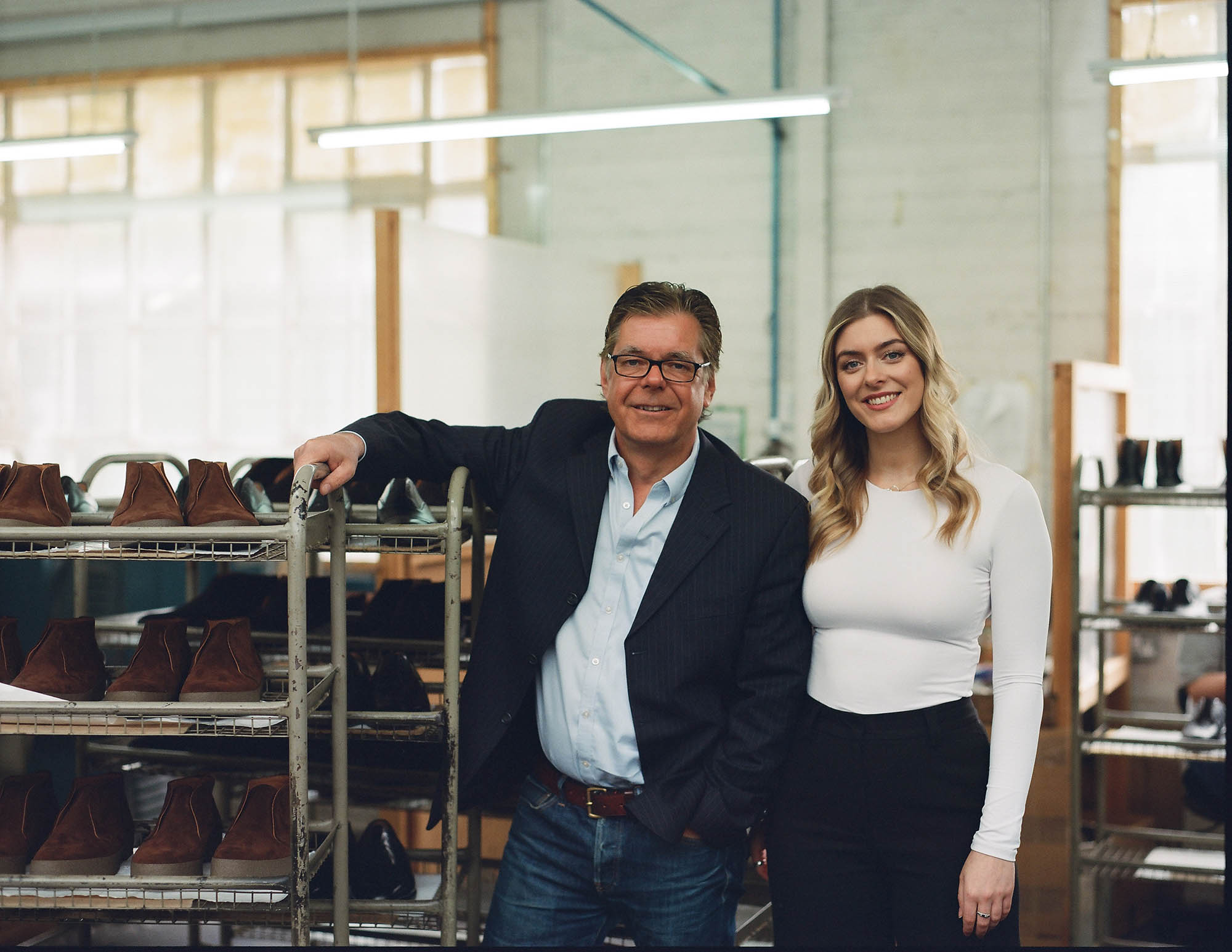
“Every factory round here is filled with relatives from families who have worked in the industry for generations.”
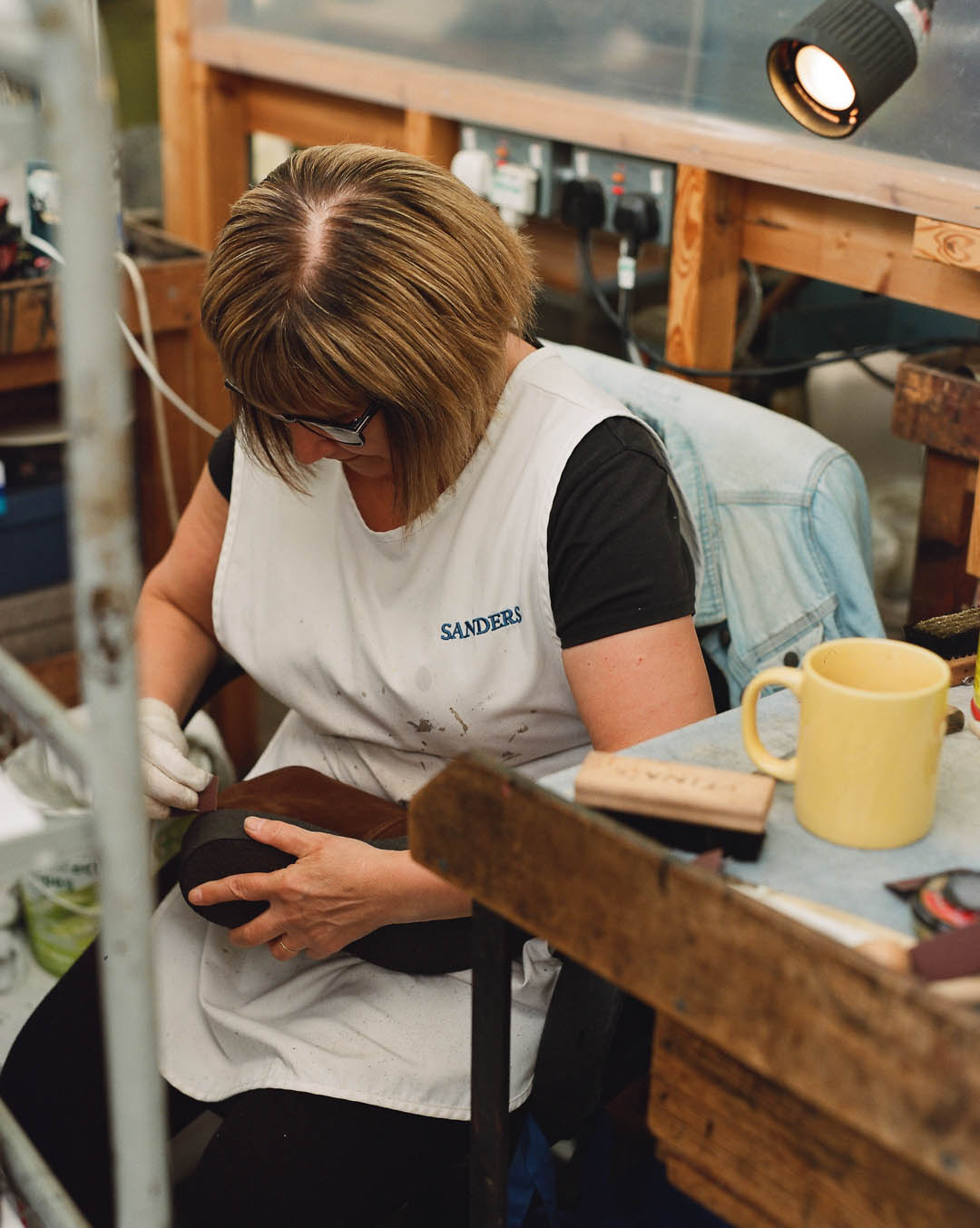
High-quality English-made footwear such as that produced by Tricker’s, Cheaney and Sanders has a global reputation and export sales account for 75% and more of their turnover, with Japan the largest overseas market. Cheaney produces around 45,000 pairs each year, with 85% its own brand or collaborations and the balance private label for third parties. Sanders & Sanders makes around 1,500 pairs a week or more than 60,000 pairs annually. Tricker’s makes about 800 pairs a week, which is about 90% of its pre-Covid level, mainly because Japan, its major export market, has only recently reopened.
Retail price tickets from around £350 to about £600 make these premium-level products, but, as the old saying goes, you get what you pay for.
Ironically, the quintessential English look in footwear is built on an American invention, the Goodyear welt construction, the machinery for which was invented in 1869 by Charles Goodyear Jr, the son of manufacturing engineer Charles Goodyear.
(In an odd coincidence, Goodyear Snr is best remembered for developing vulcanised rubber, a material used today for the soles of millions of casual canvas shoes that are far removed from the styles that make Northants the home of artisanal excellence in shoemaking).
At Tricker’s Martin Mason jokes the enthusiastic adoption of the Goodyear welt process by Northamptonshire factories in the early 20th century was the last innovation the industry witnessed.
Goodyear welt shoes are constructed by sewing a welt, which is a thin piece of leather or rubber, to the bottom edge of the upper leathers. Both pieces additionally are attached to a canvas rib cemented to the bottom of the insole. The small cavity between the welt and insole is filled with a layer of cork, which moulds to the wearer’s foot, providing insulation and comfort. The cork is then covered with a leather mid-sole for protection.
These days, the manufacturers’ websites carry videos explaining the process, as here on the Tricker’s site . Working the welt machines is one of the most skilful tasks in a production line full of expert techniques. At Cheaney 69-year-old Eamonn Finnegan, who has been employed at the firm for 54 years, is still a welt sewer, but now works mornings only.
In yet another triumph for sustainability, the Goodyear welt construction means that the shoes or boots can be resoled as long as the upper is not damaged. All three factories we visited have a busy repairs department as wearers love to keep their favourite pairs going.
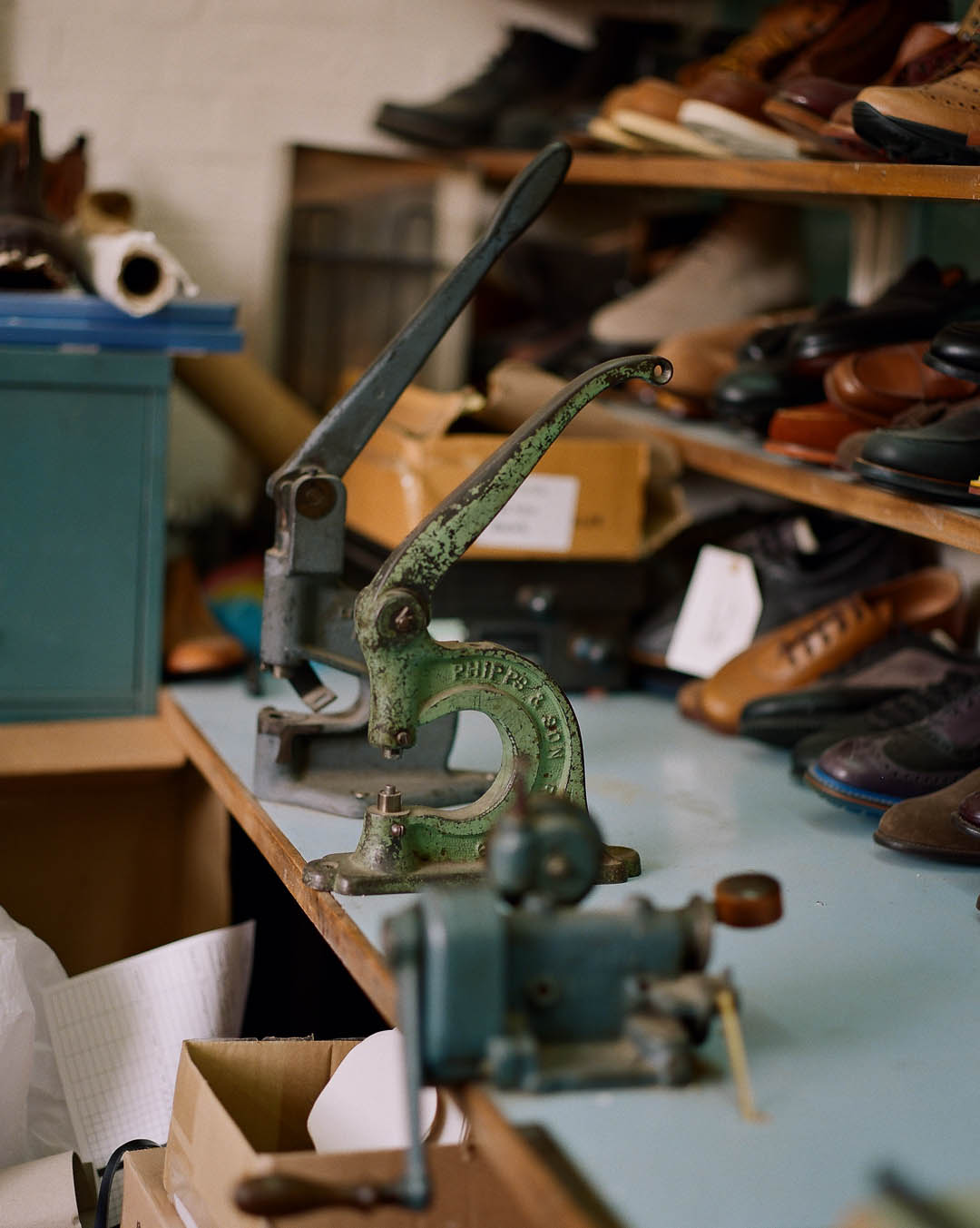
Typically a pair could be resoled at least twice or three times. The oldest pair Tricker’s has had returned originally left the factory 50 years earlier.
Cheaney handles around 100-150 repairs a week and at £145 the cost of refurbishment is about a third of the price of a new pair.
Traditional techniques are best done on traditional machines and much of the engineering equipment at the factories looks reassuringly ancient. Like the shoes that are produced on them, the old machines can be repaired over and over again but William Church points out that people who know about machines that were new in the 1970s are becoming rare.
“There is an increasingly small number of elderly gentleman engineers who tour the county keeping the machines going,” he observes.
The Church cousins have made substantial investments in new machinery in recent years, firstly buying barely-used modern equipment after the small Northants factory of London-based premium shoe firm Foster & Sons was closed only a few years after opening in 2018.
In another bold move Cheaney recently spent more than £200,000 on a computerised lay planning and cutting system from Italy. Traditionally the patterns or dies of the many pieces of leather used in the upper of a shoe were laid on the skins and cut out by hand, in the process known as clicking, with experienced human eyes and hands being relied upon to get it all right.
Cheaney’s new option is, says William, faster, more accurate and more consistent, thereby improving yet further the high quality of the shoes and reducing waste, although the Northamptonshire makers have always been good at making efficient use of their expensive raw materials. The new digital kit also sends out an important message to a younger generation of employees that the firm is forward-looking and here to stay.
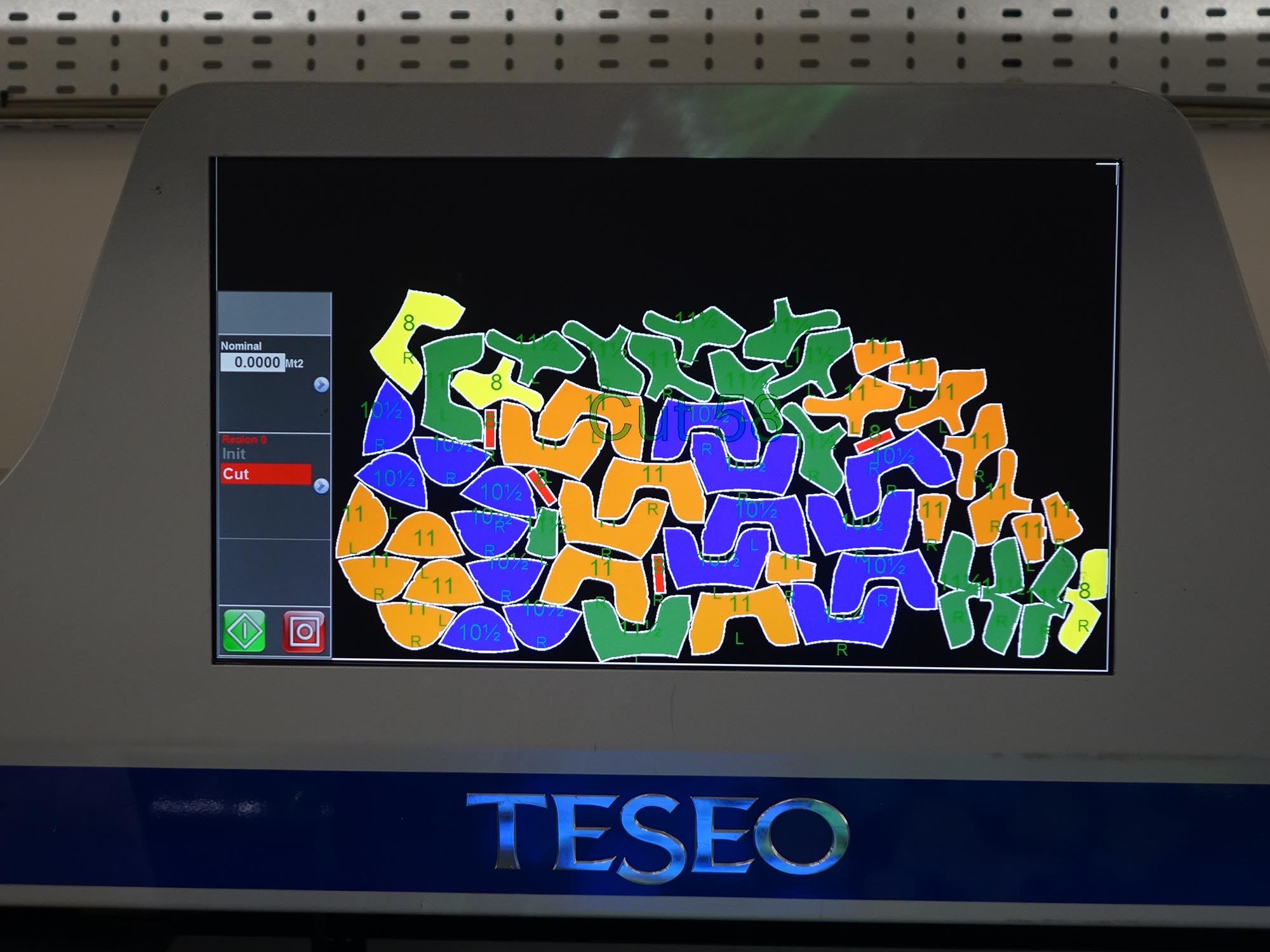
As in all parts of UK manufacturing, recruitment of young talent is an ongoing challenge for Northamptonshire’s shoemakers. “When you show an 18-year-old round a factory and he sees mostly white-haired men doing the jobs, it might not be so exciting,” says William Church. “But let them train to work with sophisticated computerised equipment and they have a very different opinion of the industry.”
All the firms’ principals acknowledge the difficulty of recruiting new people, but this has been the same story for 50 years at least. A footwear course run by Northampton College attracted positive attention when it was started a few years ago but industry leaders observe it seems to have lost some of its original momentum.
When presented attractively, traditional skills can be made interesting to young people. At Tricker’s the person handling top-of-the-range bespoke shoemaking is Adele Williamson, a graduate of De Montfort University Leicester. The firm secured her a sponsored scholarship with QEST (The Queen Elizabeth Scholarship Trust), an educational charity dedicated to sustaining traditional British craftsmanship, which enabled her to learn bespoke shoemaking skills.
Believing in starting ’em young, Tricker’s, which proudly displays a certificate confirming it is a Living Wage Employer, goes into local schools to inform youngsters about the prospects for a career in shoemaking.
Henry Sanders points out that experienced skilled workers can command a good salary, so it is better to pay them well to keep them rather than trying to find a replacement if they leave for a competitor.
Industry newcomer Megan Sanders notes that as a nation we have lost the culture of making things, with practical skills like dressmaking, knitting, woodwork and metalwork no longer on the school curriculum. But her own experience illustrates there is much to interest and engage the young, the talented and the curious in the Northamptonshire footwear industry.
It may be a niche industry, but it is a secure and viable niche.
Read Next
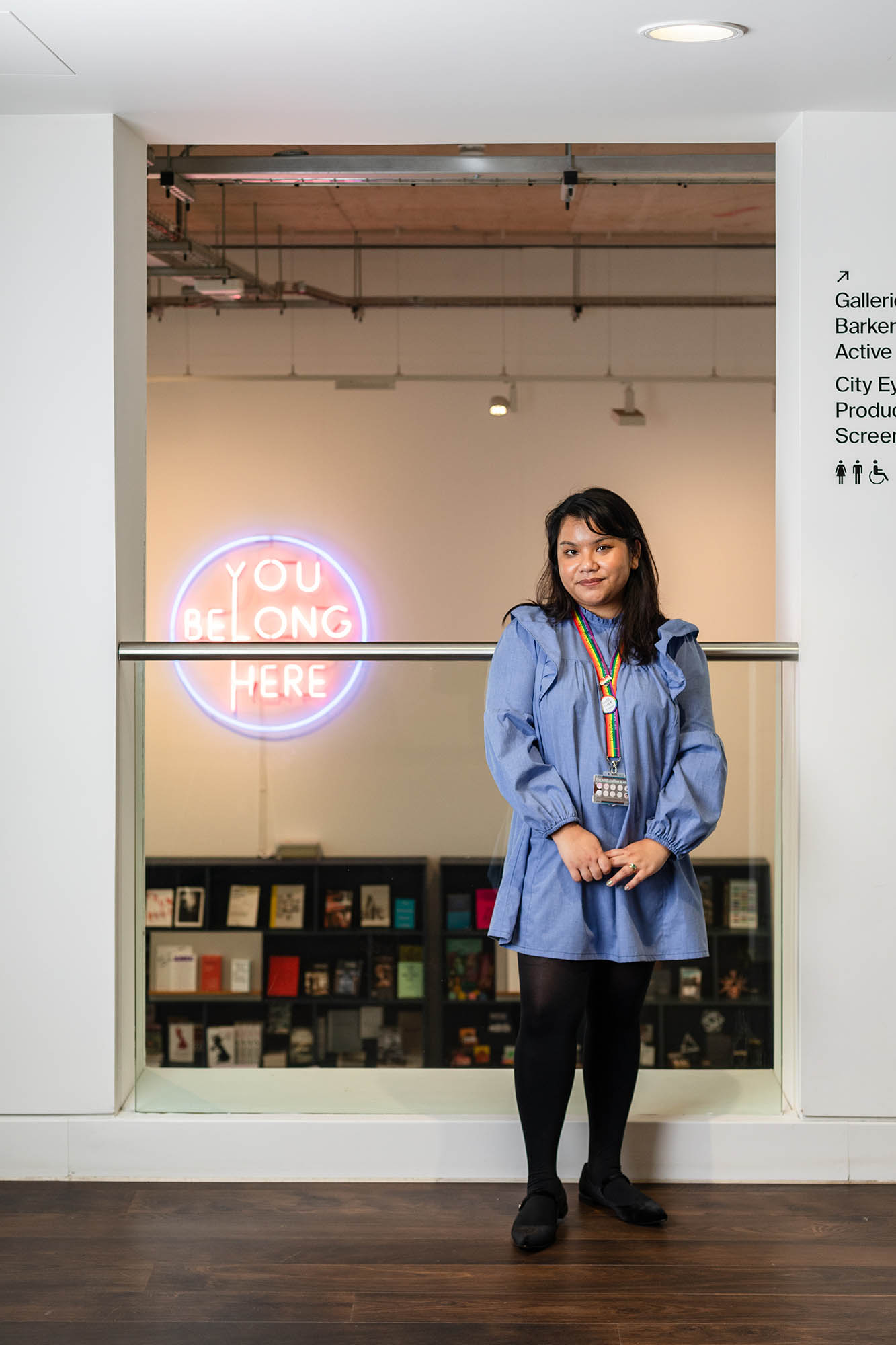
Breaking Through the Class Ceiling
What can a photographic exhibition at Southampton University teach us about social mobility? Students, staff and alumni share their experiences and contribute to a complex, intersectional picture of challenges.
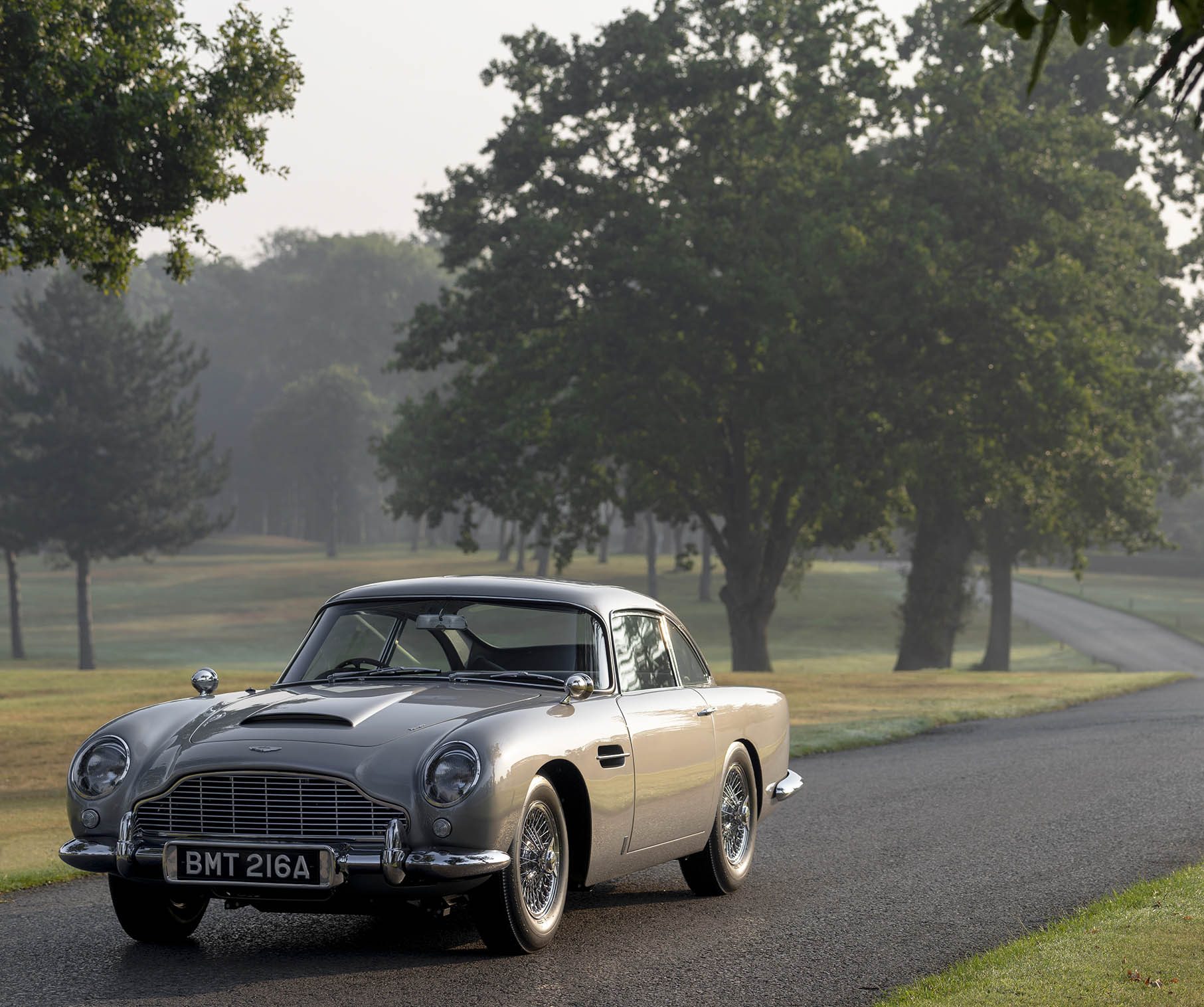
Behind the Wheel
Cars and leather have gone together since the birth of the automobile and, though the industry is pivoting towards electric vehicles, it remains convinced of the sustainability, luxury, and durability of genuine hide interiors.